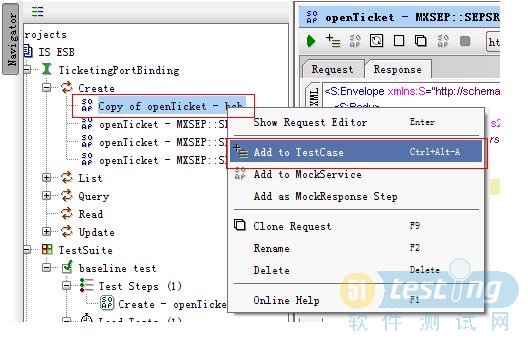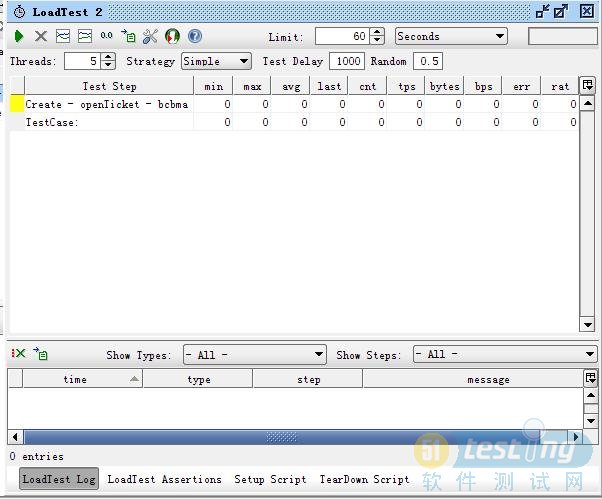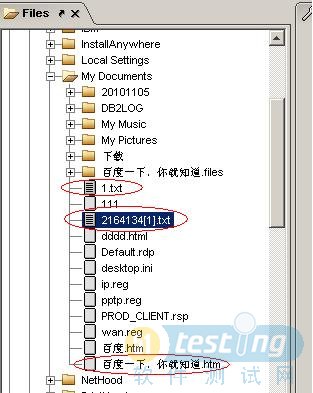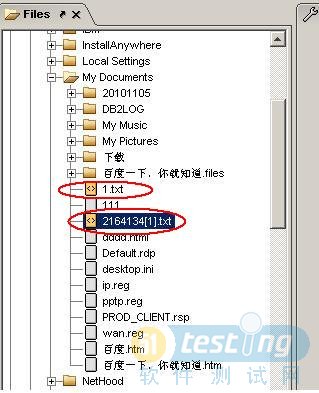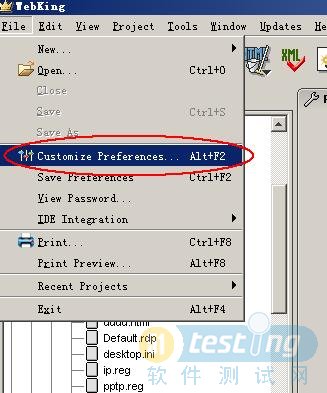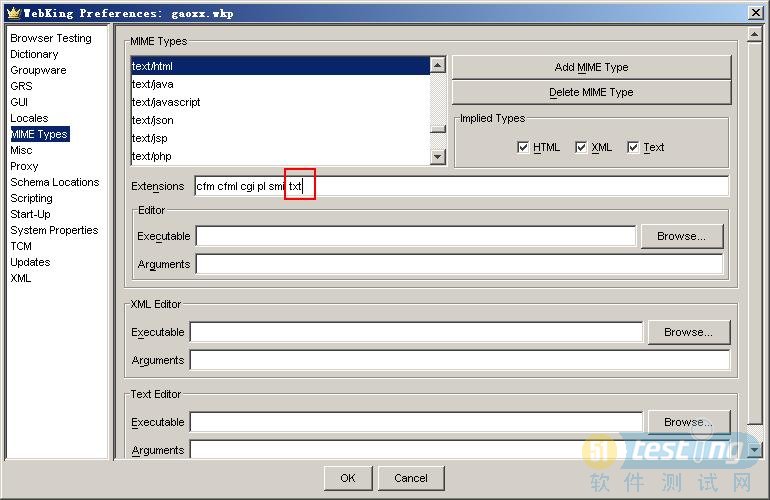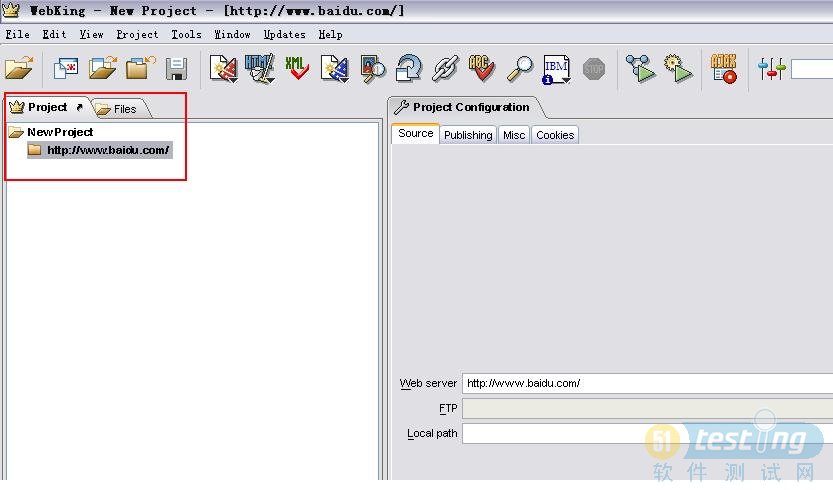|
创建数据库test时系统报错
|
[db2inst1@sdbf ~]$ db2 create db test using codeset utf-8 territory cn
SQL1005N The database alias "TEST" already exists in either the local
database directory or system database directory. |
使用list database directory test
|
[db2inst1@sdbf ~]$ db2 list database directory
System Database Directory
Number of entries in the directory = 2
Database 1 entry:
Database alias
= MACRODB
Database name
= MACRODB
Local database directory
= /home/db2inst1
Database release level
= d.00
Comment
=
Directory entry type
= Indirect
Catalog database partition number
= 0
Alternate server hostname
=
Alternate server port number
=
Database 2 entry:
Database alias
= TEST1
Database name
= TEST1
Local database directory
= /home/db2inst1
Database release level
= d.00
Comment
=
Directory entry type
= Indirect
Catalog database partition number
= 0
Alternate server hostname
=
Alternate server port number
= |
使用listdatabase directory on /home/db2inst1命令发现数据库test
目录为本地数据库实例db2inst1所在目录
|
[db2inst1@sdbf ~]$ db2 "list database directory on /home/db2inst1/"
Local Database Directory on /home/db2inst1/
Number of entries in the directory = 4
Database 1 entry:
Database alias = TEST
Database name = TEST
Database directory = SQL00002
Database release level = c.00
Comment =
Directory entry type = Home
Catalog database partition number = 0
Database partition number = 0
Database 2 entry:
Database alias = MACRODB
Database name = MACRODB
Database directory = SQL00003
Database release level = d.00
Comment =
Directory entry type = Home
Catalog database partition number = 0
Database partition number = 0
Database 3 entry:
Database alias = TEST1
Database name = TEST1
Database directory = SQL00004
Database release level = d.00
Comment =
Directory entry type = Home
Catalog database partition number = 0
Database partition number = 0
|
解决方法:
使用catalog命令
|
[db2inst1@sdbf ~]$ db2 catalog db test
DB20000I The CATALOG DATABASE command completed successfully.
DB21056W Directory changes may not be effective until the directory cache isrefreshed. |
使用listdatabase directory命令查看数据库状态
|
[db2inst1@sdbf ~]$ db2 list database directory
System Database Directory
Number of entries in the directory = 3
Database 1 entry:
Database alias = TEST
Database name = TEST
Local database directory = /home/db2inst1
Database release level = d.00
Comment =
Directory entry type = Indirect
Catalog database partition number = 0
Alternate server hostname =
Alternate server port number =
Database 2 entry:
Database alias = MACRODB
Database name = MACRODB
Local database directory = /home/db2inst1
Database release level = d.00
Comment =
Directory entry type = Indirect
Catalog database partition number = 0
Alternate server hostname =
Alternate server port number =
Database 3 entry:
Database alias = TEST1 |
|
Database name = TEST1
Local database directory = /home/db2inst1
Database release level = d.00
Comment =
Directory entry type = Indirect
Catalog database partition number = 0
Alternate server hostname =
Alternate server port number = |
|
|
使用drop命令删除数据库test成功
|
[db2inst1@sdbf ~]$ db2 drop db test
DB20000I The DROP DATABASE command completed successfully. |
现在可以重建数据库test了 |
创建数据库test时系统报错
[db2inst1@sdbf ~]$ db2 create db test using codeset utf-8 territory cn
SQL1005N The database alias "TEST" already exists in either the local
database directory or system database directory.
使用list database directory test
[db2inst1@sdbf ~]$ db2 list database directory
System Database Directory
Number of entries in the directory = 2
Database 1 entry:
Database alias
= MACRODB
Database name
= MACRODB
Local database directory
= /home/db2inst1
Database release level
= d.00
Comment
=
Directory entry type
= Indirect
Catalog database partition number
= 0
Alternate server hostname
=
Alternate server port number
=
Database 2 entry:
Database alias
= TEST1
Database name
= TEST1
Local database directory
= /home/db2inst1
Database release level
= d.00
Comment
=
Directory entry type
= Indirect
Catalog database partition number
= 0
Alternate server hostname
=
Alternate server port number
=
使用listdatabase directory on /home/db2inst1命令发现数据库test
目录为本地数据库实例db2inst1所在目录
[db2inst1@sdbf ~]$ db2 "list database directory on /home/db2inst1/"
Local Database Directory on /home/db2inst1/
Number of entries in the directory = 4
Database 1 entry:
Database alias = TEST
Database name = TEST
Database directory = SQL00002
Database release level = c.00
Comment =
Directory entry type = Home
Catalog database partition number = 0
Database partition number = 0
Database 2 entry:
Database alias = MACRODB
Database name = MACRODB
Database directory = SQL00003
Database release level = d.00
Comment =
Directory entry type = Home
Catalog database partition number = 0
Database partition number = 0
Database 3 entry:
Database alias = TEST1
Database name = TEST1
Database directory = SQL00004
Database release level = d.00
Comment =
Directory entry type = Home
Catalog database partition number = 0
Database partition number = 0
解决方法:
使用catalog命令
[db2inst1@sdbf ~]$ db2 catalog db test
DB20000I The CATALOG DATABASE command completed successfully.
DB21056W Directory changes may not be effective until the directory cache isrefreshed.
使用listdatabase directory命令查看数据库状态
[db2inst1@sdbf ~]$ db2 list database directory
System Database Directory
Number of entries in the directory = 3
Database 1 entry:
Database alias = TEST
Database name = TEST
Local database directory = /home/db2inst1
Database release level = d.00
Comment =
Directory entry type = Indirect
Catalog database partition number = 0
Alternate server hostname =
Alternate server port number =
Database 2 entry:
Database alias = MACRODB
Database name = MACRODB
Local database directory = /home/db2inst1
Database release level = d.00
Comment =
Directory entry type = Indirect
Catalog database partition number = 0
Alternate server hostname =
Alternate server port number =
Database 3 entry:
Database alias = TEST1
Database name = TEST1
Local database directory = /home/db2inst1
Database release level = d.00
Comment =
Directory entry type = Indirect
Catalog database partition number = 0
Alternate server hostname =
Alternate server port number =
使用drop命令删除数据库test成功
[db2inst1@sdbf ~]$ db2 drop db test
DB20000I The DROP DATABASE command completed successfully.
现在可以重建数据库test了




